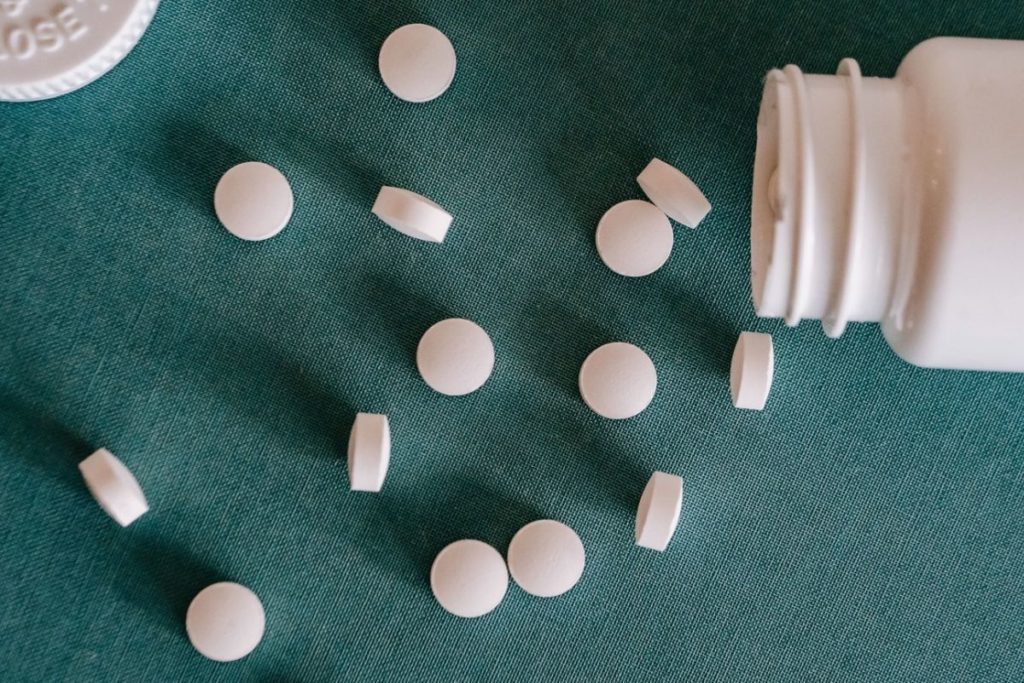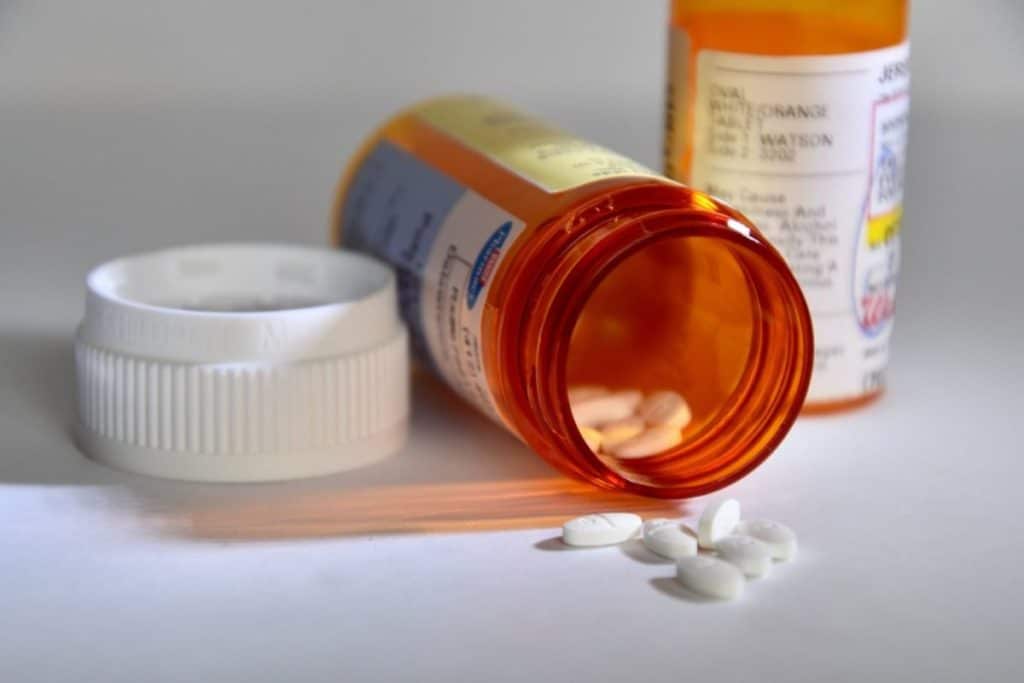Fewer addictive substances have cast as long a shadow on society as opioids.
All derived in some way from the latex of the opium poppy, this large family of natural and synthetic drugs have been used as pain relief for millennia. Opioid abuse has also trapped people in the web of addiction for nearly as long.
Lately, opioid abuse has been responsible for a catastrophic rise in drug overdoses in the U.S. At last count, the yearly death count from opioid-involved overdoses had climbed to nearly 50,000.
Given the lethality, you’d expect more people would be desperate to quit opioid abuse. Unfortunately, it’s not that easy. Opioids aren’t merely powerfully addictive; stopping their use is very difficult. The withdrawal symptoms of opioids are infamously well known; the slang term “kicking drugs” comes in part from the muscle spasms opioid withdrawal causes.
However, when done as a part of clinical, monitored detox program, opioid withdrawal can be much less severe. Patients are helped through the process, given medication to ensure comfort and even learn some coping skills to stave off drug cravings.
How Do Opioids Work? Why Are Opioids So Addictive?
Opioids all work fundamentally the same way. Cells located in our brains, spines, nervous system, and other organs have areas on them called opioid receptors. They’re kind of like antennas, only tuned to opioids. When opioids are used, the drug binds to these receptors, which changes the way we experience pain.
However, these receptors also cause a release of a chemical called dopamine. Dopamine is used in the brain’s reward system. When we do things that make us feel good – especially things which benefit us, like procreation, eating, and exercise – the brain releases dopamine as a way to reinforce those positive behaviors.
Ordinarily, the brain dispenses out dopamine a drip at a time. Opioid drugs release a torrent of dopamine, creating an intense, euphoric rush. This release doesn’t just feel good; over time its nature reinforces the behaviors of drug taking.
As is the case with all drugs, repeated use of opioids increases a person’s tolerance to their effects. This means someone engaged in opioid abuse – or who merely uses them over time – has to take larger amounts of them to feel the same effects. Eventually, the body becomes so used to the presence and effects of opioids, it begins to react when opioids aren’t used anymore.
As the body tries to rebalance itself after opioid use, this causes the mental and physical symptoms of withdrawal effects. Unlike benzodiazepines and alcohol, opioid withdrawal isn’t fatal (unless there’s other medical conditions going on), but it is highly unpleasant to go through. Again, professional detox makes this process somewhat easier.
Although all opioid drugs are chemically similar, the length and severity of withdrawal can be different. Also, like other illicit drugs, there’s multiple factors at play, including:
- Age
- Length of time spent using opioids
- Type of opioid used
- Individual physiology
- Amount of opioids being used regularly
- Past attempts at withdrawal

Opioid Withdrawal: First Stages
For most patients, the first symptoms of opioid abuse start within a day of last use. They include:
- Tremors
- Heavy sweating
- Flu-like symptoms such as chills
- Heavy sweating
- Runny nose
- Diarrhea and stomach cramps
- Muscle, joint and bone pain
- Sleep difficulties
- Decreased appetite
- Yawning
- Increased, rapid heart rate
- Increased blood pressure
- Severe mood disorders, including depression and anxiety
- Neuropathic pain
After two or three days, these symptoms increase substantially in severity. The acute symptoms of opiate withdrawal are justifiably feared – they’re often bad enough to send a person trying to quit back to the drug for relief. Professional detox can make this difficult stage easier to bear via medications, symptom management, and counselling.
Opioid Withdrawal: Second Stages
The first week of opioid withdrawal is usually the most difficult. After six or seven days, the worst of the physical symptoms have either gone away or become much milder. They’re still present, though, and the psychological symptoms are still very much present. The symptoms can include:
- Intense opioid cravings
- Heavy sweating
- Milder flu-like symptoms
- Heavy sweating
- Diarrhea and stomach cramps
- Muscle, joint and bone pain
- Minor sleep difficulties
- Decreased appetite
- Yawning
- Neuropathic pain
- Increased, rapid heart rate
- Increased blood pressure
- Severe mood disorders, particularly depression
The physical symptoms will continue to diminish with time. While this provides some relief, it also makes the psychological symptoms easier to notice. Again, a supervised detox program gives patients coping tools and other strategies to make dealing with opioid withdrawal less overwhelming.
Opioid Withdrawal: Late Stages
After a couple of weeks, withdrawal continues to get easier. Sleep patterns largely return to normal, and many of the unpleasant physical symptoms are either minor or completely gone.
However, the emotional disorders and other psychological symptoms continue. Also, it’s very common to have very low energy levels at this stage – unsurprising, as opioid detox is physically and mentally stressful. The feelings of exhaustion will continue to improve with time, however. Symptoms at this stage include:
- Feelings of exhaustion
- Yawing
- Minor sleep disturbances
- Severe depression
- Feelings of anxiety, nervousness, and agitation
- Mild digestive problems
These symptoms can persist for a number of months, but they will continue to improve. Additionally, many rehab centers make use of medication-assisted treatment, or MAT, a treatment modality which can help patients resist drug cravings and other symptoms of opioid abuse recovery.
There is, however, an additional complication some recovering opioid users face.

What You Need To Know About PAWS: Post-Acute Withdrawal Syndrome
In addition to lingering withdrawal symptoms, some opioid users face the additional challenge of post-acute withdrawal syndrome, or PAWS. This not fully studied syndrome is a mix of psychological symptoms which can unfortunately persist for months after a person stops abusing opioids.
Although it’s much more common for benzodiazepine withdrawal, people who go through opioid withdrawal are also at risk. PAWS symptoms include:
- Depression
- Difficulties dealing with stress
- Mental fog
- Memory and learning issues
- Irritability
- Apathy
- OCD-like behaviors
- Social problems
- Substance cravings
Researchers think these symptoms are due to changes created by substance abuse in the brain. Although manageable, these symptoms can be noticeable enough to cause disruption in a recovering patient’s life.
Fortunately, a rehab program gives patients struggling with PAWS coping mechanisms and other tools to manage their symptoms and live a fulfilling, healthy existence without opioids.
What Drugs Are Opioids?
There is a vast arrangement of opioid drugs. Many of them are prescription painkillers which are largely safe to use provided the physician’s instructions are followed closely. Others are illicit, manufactured in clandestine labs or poppy fields and distributed by criminal organizations.
Here’s a list of common prescription opioid medications:
| Opioid | Brand Names |
|---|---|
| Codeine | Tussinex, Tuzistra |
| Fentanyl | Actiq, Duragesic, Sublimaze |
| Hydrocodone | Hysingla, Vicodin |
| Morphine | Avinza, Kadian |
| Oxycodone | Oxycontin, Percocet, Roxicodone |
| Oxymorphone | Opana |
Again, these drugs are largely safe when used carefully with a physician’s instructions. To be clear, these drugs allow many people to live normal, productive lives without chronic pain. However, they’re also addictive and chemically like illicit street opioids.
The two most common street opioids include:
- Fentanyl: Fentanyl is a prescription opioid given to patients with severe pain. In recent years, however, it’s become a street drug. Illicit fentanyl is made in underground, criminal labs. Perhaps the prime driver of opioid overdoses, street fentanyl shows up in powder, on blotter paper, as a nasal spray, as eye drops and in pill form. Worse, fentanyl is often used to cut drug stashes, meaning this potent, often lethal opioid is sometimes sold as everything from MDMA to counterfeit pills.
- Heroin: One of the most infamous illicit substances, heroin’s deadly allure has inspired films, books, and music – often claiming the lives of their creators. Heroin is made from morphine and was used as a painkiller in the early 20th century. Appearing in a white or brown powder form or as a resinous substance known as “tar,” heroin can be shot, smoked, and inhaled.
What Is Drug Abuse?
The phrase “drug abuse” is often associated with illegal substances, and while that’s certainly true the phrase describes behaviors more than it does substances. This is especially true for opioids, many of which are prescription medications. Drug abuse can be defined by the following behaviors:
- Sharing prescriptions with another person or using someone else’s prescription
- Obtaining extra prescriptions via “doctor shopping” or other illegal methods
- Using a prescription outside the instructions of a physician
- Taking larger amounts of prescription drugs than prescribed
- Continuing to use prescriptions after the need for them has passed
- Using prescriptions recreationally
Drug abuse is often a rapid pathway into addictive behaviors.



